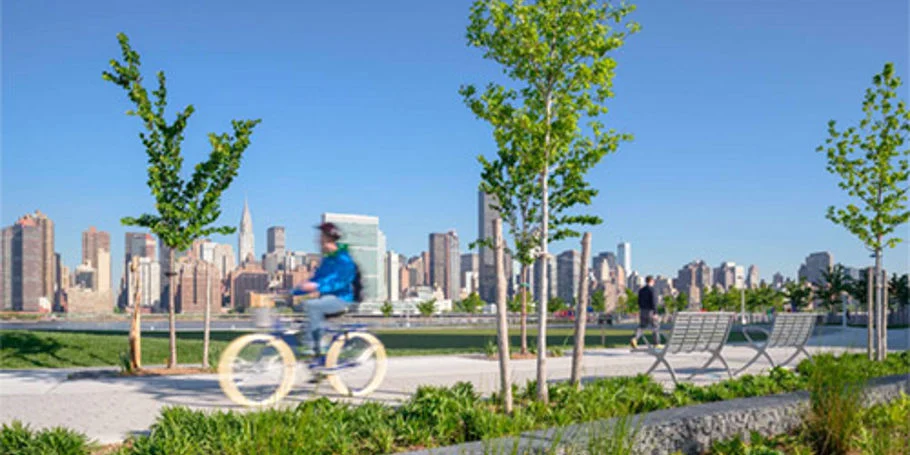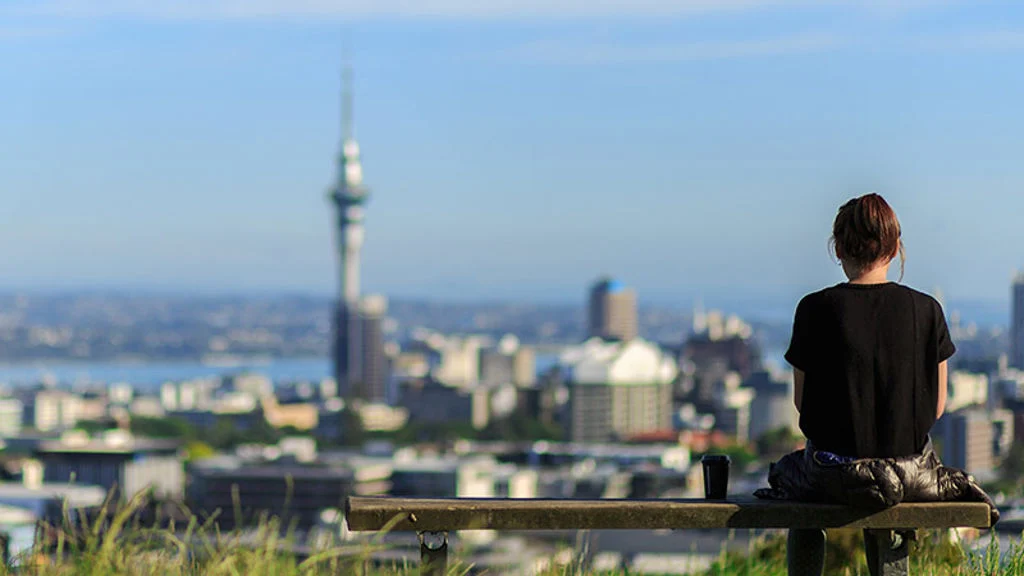Poland’s capital Warsaw has become the country’s first city to join the Green Cities framework, the European Bank of Reconstruction and Development (EBRD) programme that supports cities on the journey towards climate resilience and adaptation.
Based on our work in developing the EBRD’s Green City Action Plan (GCAP), Arup was brought in to work with EBRD and the City of Warsaw to develop the city’s own Green City Climate & Action Plan.
We began with a comprehensive public consultation with 25 city institutions, NGOs, universities and private companies to develop a coherent, feasible, and cost-effective roadmap of actions. Together with EBRD, we delivered more than 20 workshops using Arup’s Virtual Engage interactive environment to facilitate active feedback. The Green Vision roadmap that came out of this identifies 27 specific actions for the city alongside relevant funding opportunities.
These actions, using smart energy, blue-green infrastructure, spatial planning, transport, waste management and social awareness, should help Warsaw Warsaw reduce greenhouse gas emissions by 40% by 2030 while realising significant yearly savings. If all steps were to be implemented together, the city could realise annual savings of up to 608 m PLN (~132 million euro).
Driving carbon emission reductions
Energy poverty is a significant challenge to cutting carbon emissions in Poland, with many households powered by coal. To support the transition, Warsaw’s Green Vision plan recommends increasing funding to the city’s coal-to-gas switch programme, alongside the creation of a co-financing programme to transition from gas to heat pumps. The implementation of these programmes could lead to the potential reduction of up to 1 million tonnes of CO2 emissions as estimated through a benchmark analysis by experts from Arup and C40 Cities.







